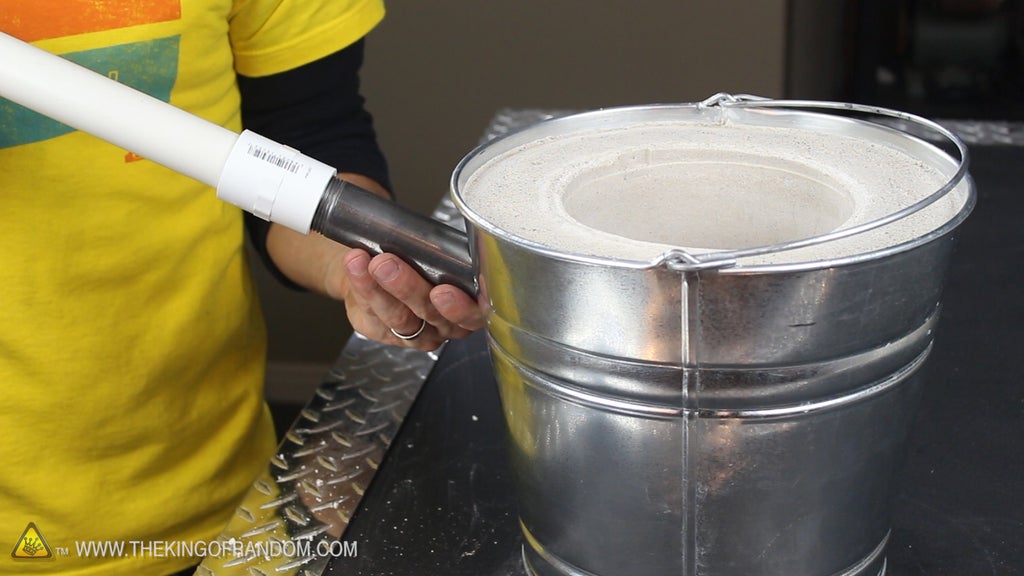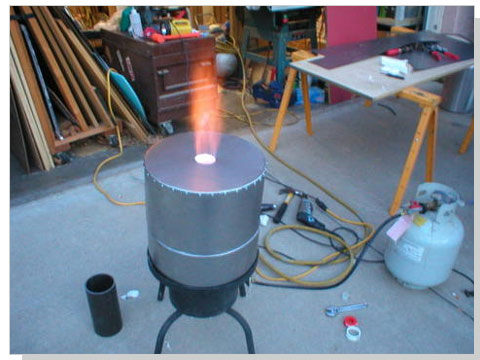Discover the Ingenious Methods Utilized in a Metal Foundry for Superior Casting Results
In today's affordable production landscape, metal foundries are progressively adopting innovative methods to enhance spreading results - Metal Casting. Advanced computer simulations enable exact modeling of liquified metal habits, while 3D printing makes it possible for rapid production of complicated molds. Furthermore, environment-friendly materials and automation enhance operations. These developments guarantee significant enhancements in performance and quality control. The effect of these modern technologies on sustainability and production methods continues to be to be fully explored.
Advanced Computer Simulations in Metal Casting
Advanced computer simulations have transformed the metal casting process by improving accuracy and efficiency. These sophisticated tools enable designers to produce virtual versions of actors parts, allowing them to assess and predict the behavior of liquified metal during the casting stage. By simulating numerous specifications such as temperature level, circulation price, and air conditioning rates, producers can determine potential defects before physical production starts.
This aggressive strategy lowers waste and minimizes pricey mistakes, eventually leading to boosted product quality. Furthermore, simulations assist in the optimization of mold designs, guaranteeing that they satisfy the details demands of each job. The integration of computational liquid dynamics (CFD) and limited component evaluation (FEA) further adds to the precision of these simulations, offering understandings that were previously unattainable. Consequently, progressed computer system simulations have become an essential component of modern-day metal foundries, considerably advancing the market's capabilities.
3D Printing for Mold And Mildews and Patterns
3D printing has actually become a groundbreaking technique for developing molds and patterns in the metal foundry sector. This technology makes it possible for the fast production of intricate geometries that conventional manufacturing methods struggle to achieve. By using additive manufacturing, foundries can create elaborate styles with reduced lead times and material waste. The capability to generate mold and mildews as needed permits higher versatility in design models, helping with faster prototyping and adjustments.
Additionally, 3D printing can make use of a variety of materials, consisting of metals and plastics, tailored to specific casting demands. This versatility enhances the precision of molds, leading to premium spreading outcomes with enhanced surface finishes. In addition, the decrease in the variety of parts needed simplifies setting up procedures, additionally maximizing production effectiveness. As foundries proceed to take on 3D printing, they are positioned to redefine sector standards, leading the way for development and enhanced productivity in metal casting operations.
Eco-Friendly Materials and Processes
As the metal foundry industry faces increasing stress to reduce its ecological impact, the fostering of green materials and processes has actually come to be important. Factories are now exploring lasting choices to standard products, such as utilizing recycled metals and bio-based binders. These products not just reduce waste but also reduced energy usage throughout manufacturing.
In addition, improvements in sand casting techniques have actually led to using synthetic sands that are less damaging to the setting. Factories are likewise applying cutting-edge procedures like liquified metal treatment that minimizes emissions and enhances the quality of actors items.
Moreover, water-based finishings have actually changed poisonous solvents, advertising a more secure job atmosphere (Metal Casting). By integrating these eco-friendly practices, metal foundries can noticeably decrease their environmental impact while keeping top quality casting results. This Aluminum Foundry shift not just benefits the atmosphere but additionally aligns with the expanding customer demand for sustainable production options
Automation and Robotics in Foundry Operations
While the metal foundry industry embraces advancement, the integration of automation and robotics is transforming procedures significantly. Automated systems enhance processes such as mold and mildew production, metal putting, and casting ending up, greatly boosting efficiency. Robotics assist in the handling of hefty products, reducing the risk of work environment injuries and making sure safer environments.

Better, the usage of automated assisted lorries (AGVs) optimizes product transport within centers, ensuring prompt shipment of elements to suitable workstations. By implementing these technologies, foundries can adapt to varying demands with better dexterity, eventually leading to boosted success and competitiveness in the market. As automation and robotics proceed to progress, they hold the prospective to redefine typical foundry practices and drive further innovations in casting methods.
Real-Time Surveillance and Quality Control Techniques
The improvements in automation and robotics have led the way for a lot more sophisticated strategies to high quality guarantee in metal foundries. Real-time monitoring systems use innovative sensors and information analytics to track important parameters throughout the casting process. These systems constantly analyze variables such as stress, material, and temperature structure, making it possible for prompt discovery of variances from established requirements.
Quality assurance techniques now include artificial intelligence formulas that assess historical information to forecast possible defects before they occur. This positive method minimizes waste and enhances general manufacturing effectiveness. Furthermore, incorporated responses loops enable fast adjustments, ensuring that each spreading satisfies rigid top quality needs.
The execution of electronic doubles-- digital reproductions of physical properties-- has actually additionally changed top quality guarantee, permitting engineers to mimic and enhance processes in real-time. Together, these innovative techniques significantly improve the dependability and high quality of castings, establishing brand-new market standards in metal foundry operations.
Often Asked Inquiries
What Kinds of Metals Are Typically Cast in Factories?
Typically cast steels in look what i found foundries include aluminum, iron, bronze, and brass. Each metal shows one-of-a-kind residential properties, making them appropriate for various applications, such as automotive components, machinery, and imaginative sculptures, enhancing their adaptability in manufacturing.

The length of time Does the Casting Process Usually Take?
The spreading procedure commonly takes useful site several hours to days, depending upon factors such as the intricacy of the mold, kind of metal utilized, and cooling requirements. Each phase affects the general duration considerably.
What Safety and security Steps Remain In Place for Foundry Workers?

Exactly how Are Flaws in Castings Identified and Addressed?
Flaws in castings are determined with visual inspections and non-destructive screening techniques. Once identified, foundry workers address them by refining procedures, changing material compositions, and applying corrective procedures to ensure quality and conformity with standards.
What Is the Price Array for Metal Casting Services?
The price range for metal spreading solutions usually ranges $1 to $10 per extra pound, depending upon variables such as material kind, complexity of the style, and production quantity, influencing overall prices considerably.
In today's competitive manufacturing landscape, metal foundries are progressively adopting innovative methods to improve casting outcomes. As the metal foundry market faces raising pressure to reduce its environmental footprint, the fostering of green products and procedures has actually ended up being necessary. Foundries are now exploring lasting choices to conventional materials, such as making use of recycled metals and bio-based binders. By incorporating these green techniques, metal foundries can significantly decrease their ecological impact while preserving premium casting results. The improvements in automation and robotics have actually led the means for much more advanced methods to high quality guarantee in metal foundries.